Service Disclosure:
Tela operates as an independent equity research and analysis firm. Services from Tela are available solely upon the formalization of a service agreement between the client and Tela. The content presented on this website serves purely for informational purposes. Any guidance or advice offered should be considered as general advice, not taking into account your personal financial circumstances, goals, or needs.
It is important to understand that historical investment performance is not indicative of future results. The returns on investments can be affected by multiple factors such as political dynamics, consumer behavior, market trends, inflation, unforeseen natural disasters, liquidity, market sentiment, and a variety of other risks.
Tela operates as an independent equity research and analysis firm. Services from Tela are available solely upon the formalization of a service agreement between the client and Tela. The content presented on this website serves purely for informational purposes. Any guidance or advice offered should be considered as general advice, not taking into account your personal financial circumstances, goals, or needs.
It is important to understand that historical investment performance is not indicative of future results. The returns on investments can be affected by multiple factors such as political dynamics, consumer behavior, market trends, inflation, unforeseen natural disasters, liquidity, market sentiment, and a variety of other risks.

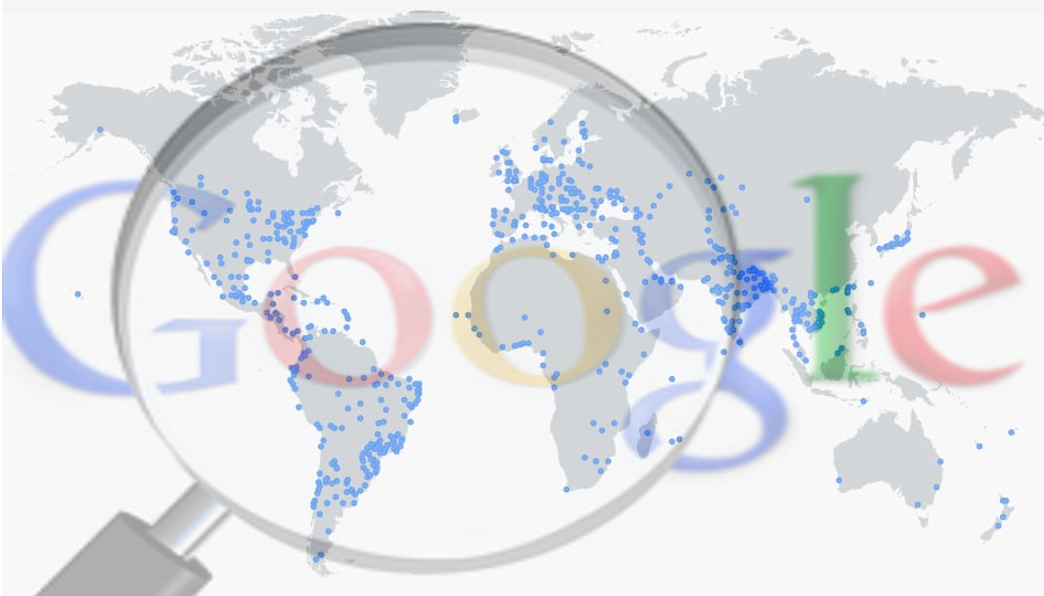
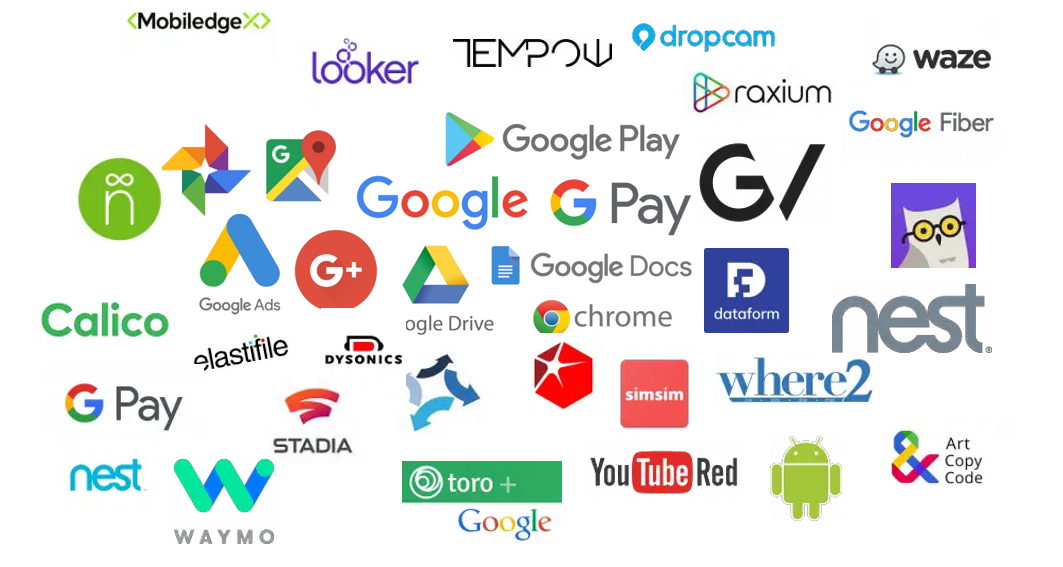
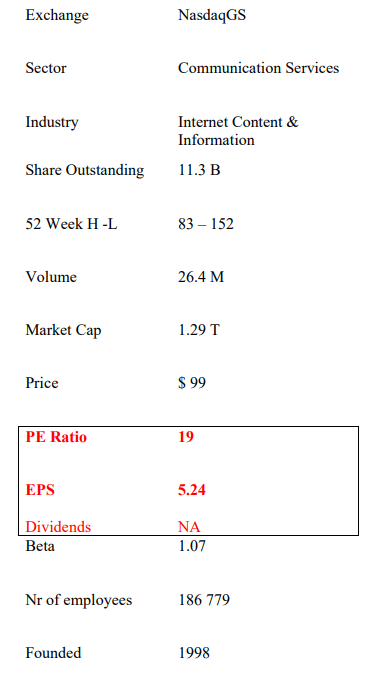
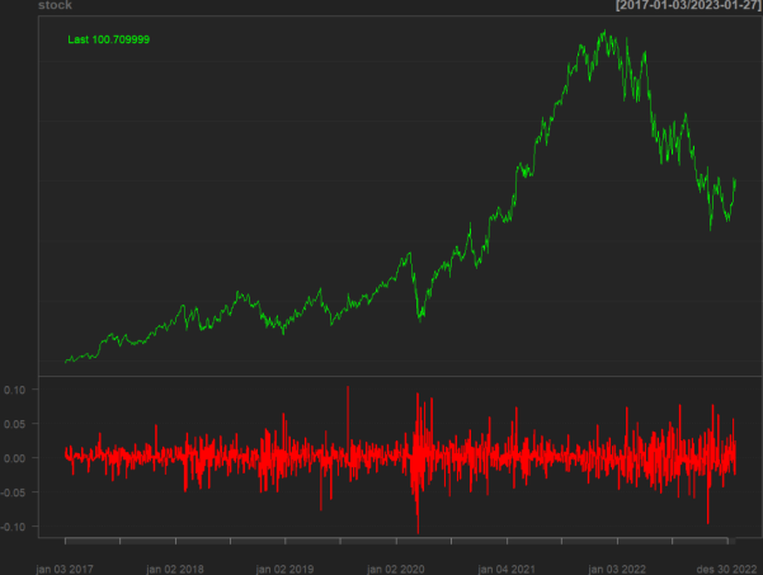
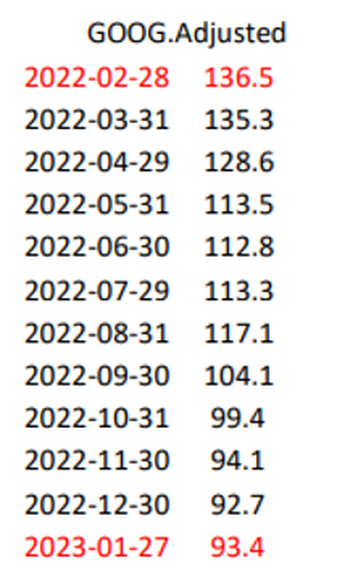
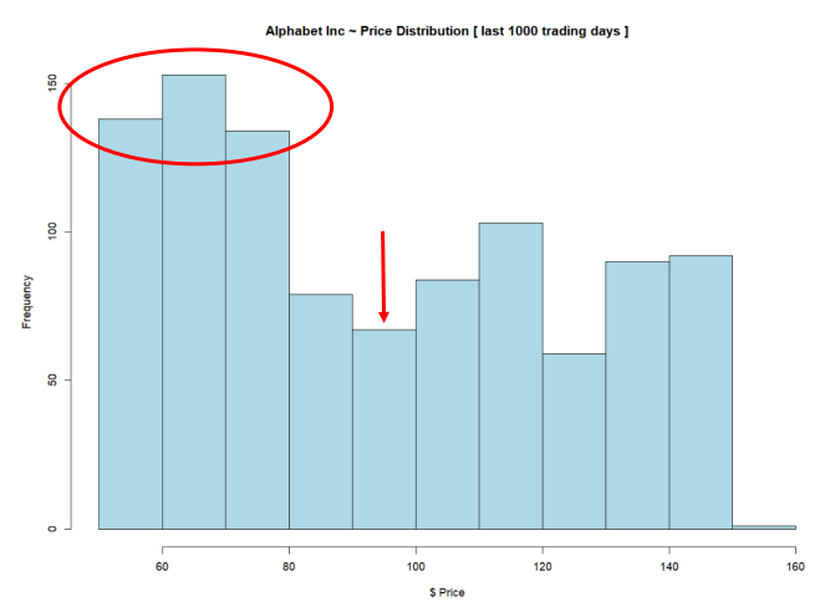
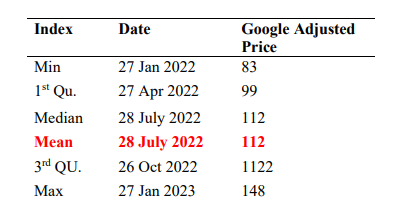
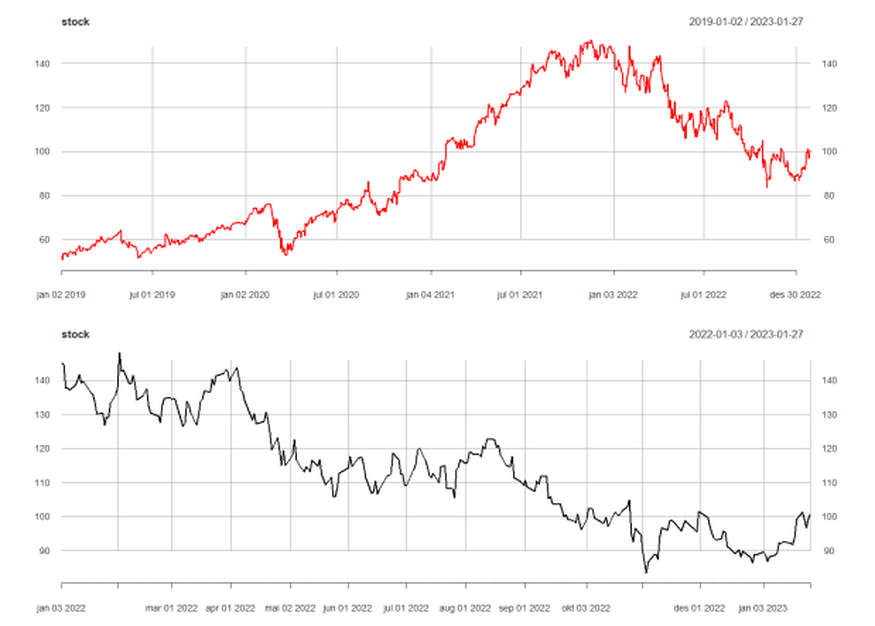

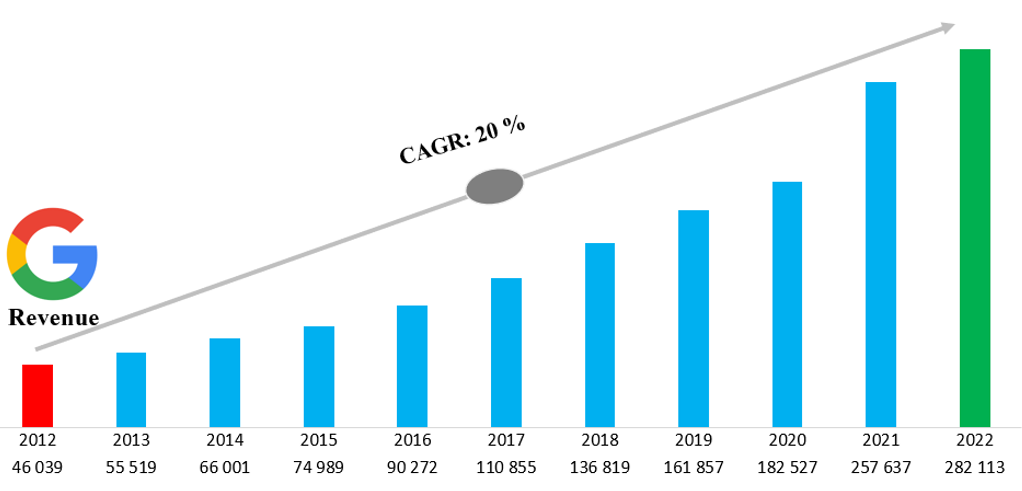
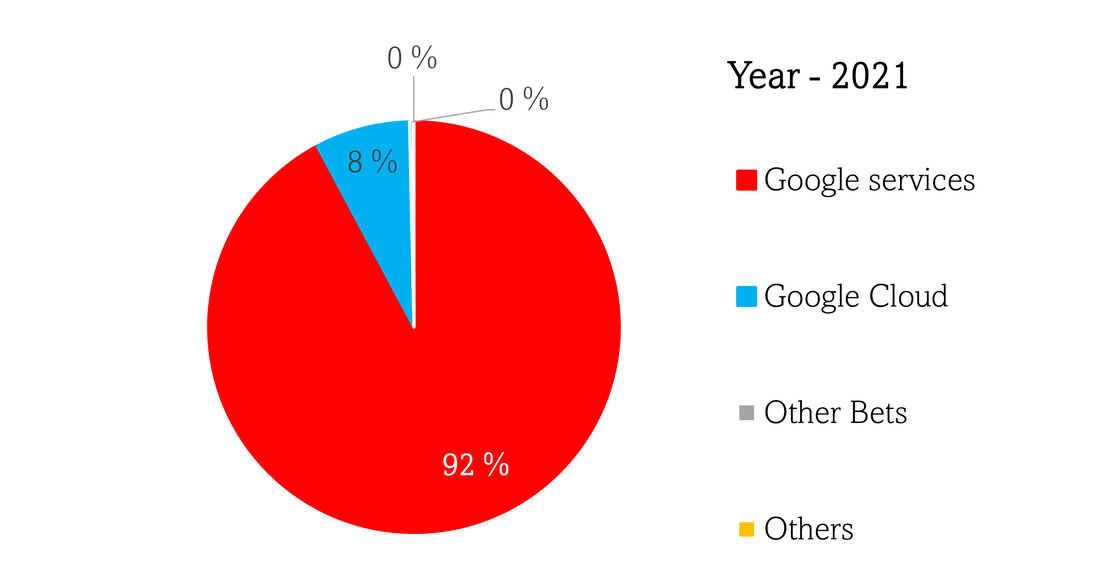

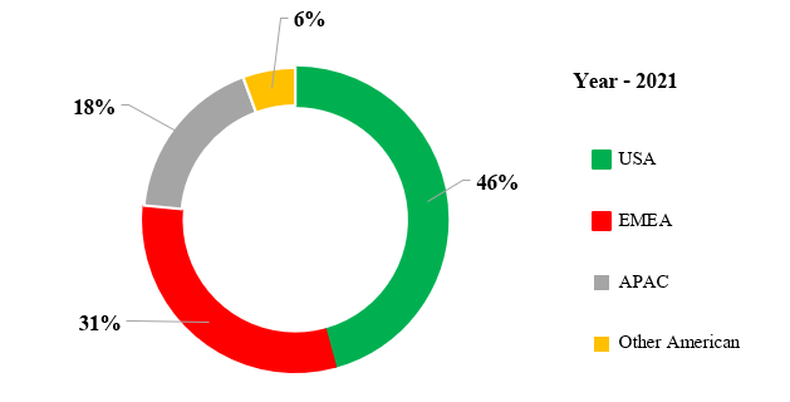
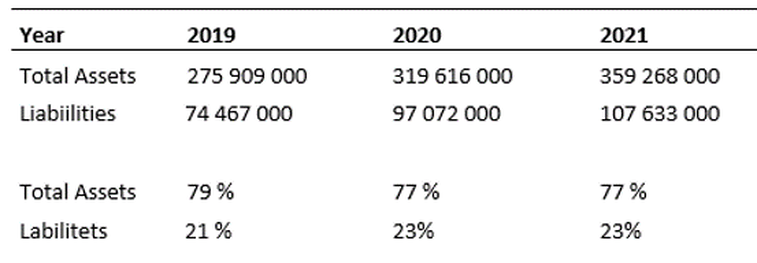
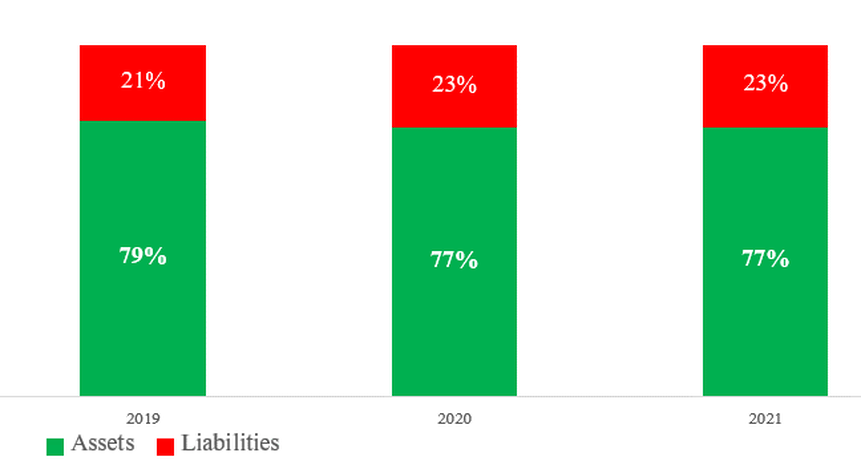

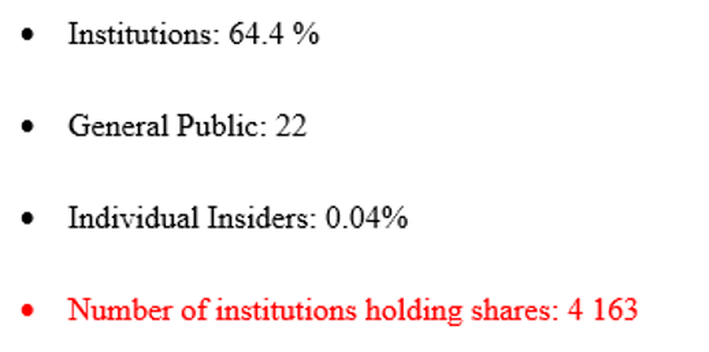
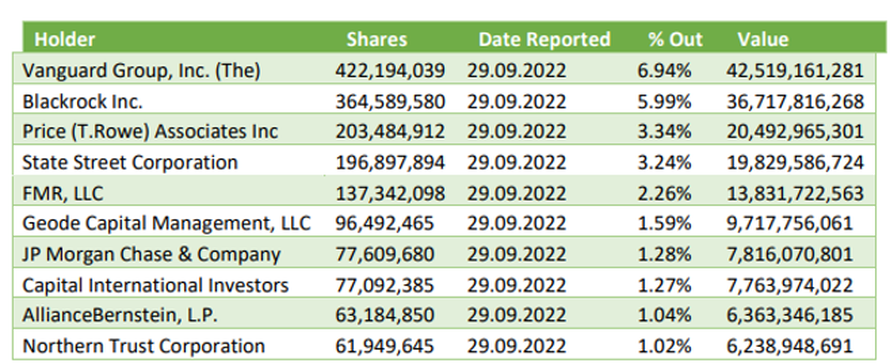
 RSS Feed
RSS Feed